
SHAH ALAM: The Auditor General Report 2015 revealed that the technical centre built at the Gong Kedak airbase for the Sukhoi Su-30MKM Flanker fighters was delayed as an “inexperienced and financially unsound contractor was chosen.”
Even though the contractor had been replaced, it is likely that the facility has yet to be completed, a year after it was supposed to be ready.
According to the report, the technical centre was built to ensure the Sukhoi fleet will always be in the optimum level for operations and training.
It however did not say whether the delay means the Sukhois were not being operated at the optimum level.
The facility according to the report, was designed to be the second line maintenance and amelioration (refurbishment) centre for the 18 strong fleet.
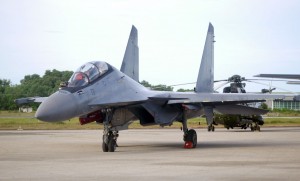
The centre consists of a hangar building, an ADZ bay, Petroleum, oil and lubricant (POL) store, AGVSE/V garage, ramp service, apron area and a special procurement area.
The Ministry of Finance selected Sharikat Pembenaan Setia Jaya Sdn Bhd (SPSJ) – through the restricted tender process – for the contract worth RM71.49 million out of a ceiling price of RM73 million.
The LOA to SPSJ was given on 10th March, 2014 though the contract was only formally signed on 7th July, 2014. The deadline for completion was 78 weeks from 24th March 2014 to 20th September, 2015.
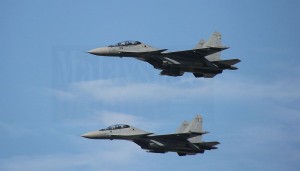
An audit conducted on April to June, 2016 showed the performance of the project was less than satisfactory.
“During the first 10 months, a sluggish construction progress had resulted in the takeover by a nominated sub-contractor on 15th January 2015,” the report said, without naming the replacement and confirming whether or not the centre had been duly completed and already operational.
The AG recommendations to the Ministry of Finance that “it ensure that future contractors appointed to be experienced, qualified and capable of executing the project for which they are contracted to build” is funny as the airbase construction itself was delayed as an inexperienced and financially un-sound contractor was selected.
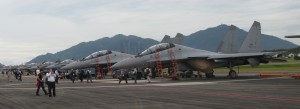
The report on the service centre was the second program under the Defence Ministry which published by the AG 2015 Report Series 2. The other was on the Management of Fresh Food Supplies and the Privatisation of the Malaysian Army Food Catering Services.
The audit report revealed that the program was being conducted in an orderly manner and satisfactory level though it recommended that weaknesses in the management be rectified.
— Malaysian Defence.
If you like this post, buy me an espresso. Paypal Payment

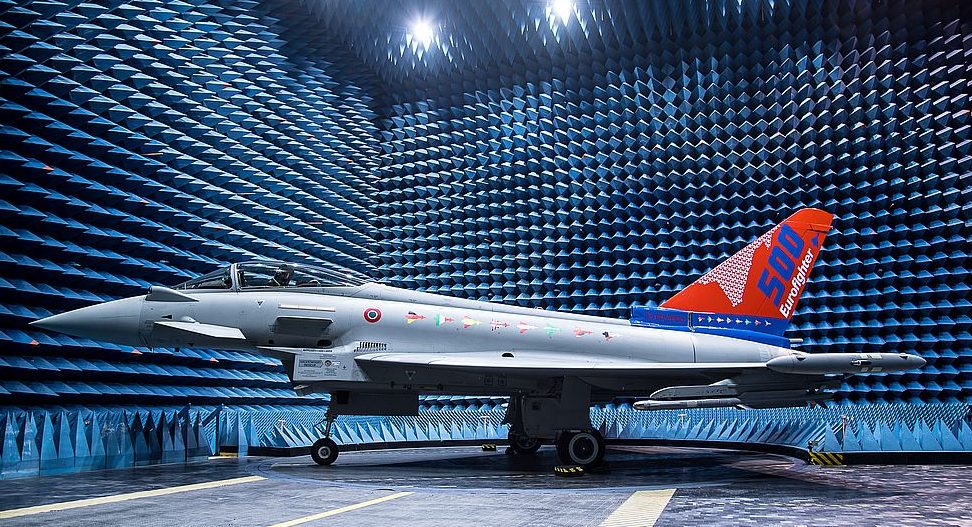

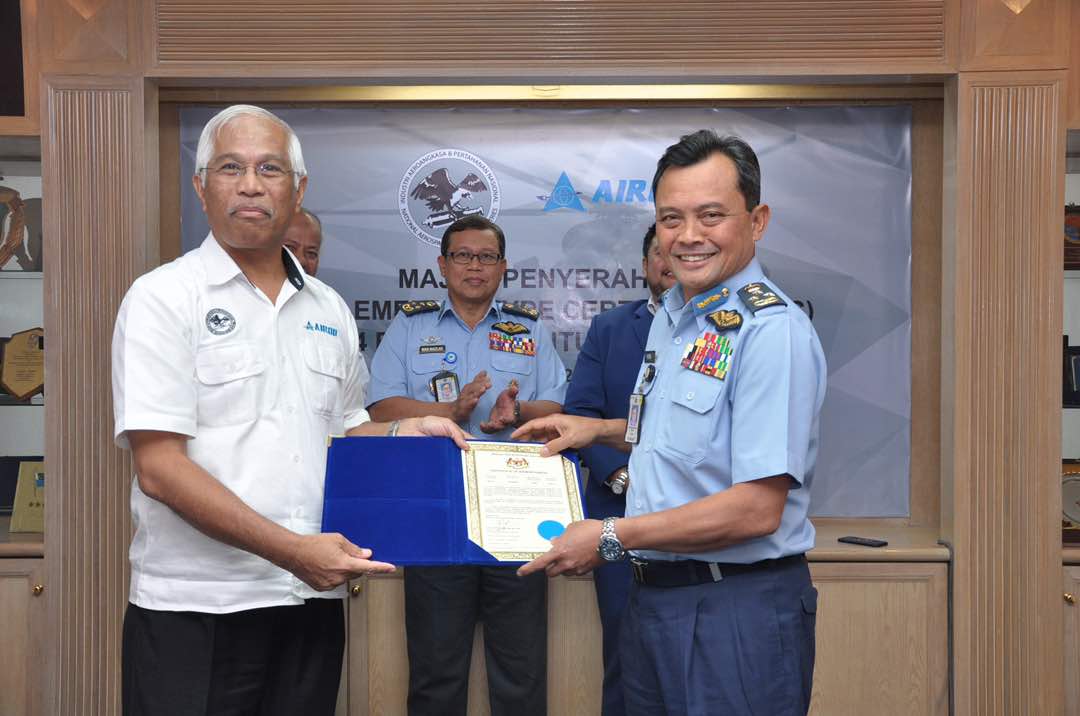
As an educator, I sometimes wonder how these idiots (Ministry of Finance staff) could get hold of their jobs and I do sincerely apologize to all Malaysians for failing to put enough common sense into their heads when they were in school. Our misjudgment in assessing them have thus created this so called ‘group of intellectual idiots’ .
Reply
Unless you are in the 70s or 80s, you should not take the blame
This is the first time I have seen anyone using the word “amelioration” in the context of aircraft maintenance and overhaul.
Reply
Yes I know but it was the term used by the AG report so I just use it.
“inexperienced and financially unsound contractor was chosen.”
Haha…….sound familiar?
Local defence industry can not be compared to the neighbours’ because “nuts” can not be compare to apple.
Is this one of the “real” reasons RMAF has no desire to buy Sukhois/Migs again?
Reply
Failure to complete a facility already planned on time/budget is probably not the reason
“ADZ bay … AGVSE/V garage,”
Failure to understand acronyms. Can anyone help?
Reply
I am not sure of what ADZ means but AGVSE/V means that the ground support equipment/vehicles.
ADZ bay, administrative zone bay?
I remember our Defence Minister had say end the Mig-29n and their main priority is su-30mkm service rate…could it be one of the point of financial problem?
Reply
Its not really about money, but how well the Russian support is. Even India with a lot more Flankers and an even bigger local support infrastructure finds it difficult to work with Russia it goes without saying we also faced the same issues.
It’s not only a question of getting use to how the Russians do things but adjusting to the fact that one can’t operate a Russian built platform using the same operating philosophy use for Western ones. Another point to consider is that the inclusion of various non Russian systems on the MKMs make them more maintenance intensive than Su-30s/27s operated by the likes of Vietnam. Indonesia, China, etc. When fitted with purely Russian made systems Russian platforms tend to be more robust and ”hardy” compared to Western equivalents which need sanitised airfields and extensive ground support.
Perkara biasalah.Don’t get angry.Saban tahun the same things happened.What to do?
“One can’t operate a Russian built platform using the same operating philosophy use for Western ones”
That can be difficult for some operators. For example, the philosophy from Soviet times was to have a shorter engine life and a lot of engines in the pipeline, which is difficult for a country with a market economy. The same philosophy applies to parts of the airframe as well.
Long lifespan was not intended because the aircraft were not expected to survive very long in a war. In the Fulcrum’s case, the aircraft was designed to be stored in remote parts of the country in disassembled form, so that some airframes would survive a nuclear strike. Hence a lifespan not a priority. However, the wings and tail surfaces were designed to be easily attached.
“Russian platforms tend to be more robust and ”hardy” compared to Western equivalents which need sanitised airfields and extensive ground support.”
The difference may be less significant in practice. Whether Western or Russian, if the ground support is not “extensive” the aircraft may be able to operate, but the sortie rates will not be high over time.
Ironically not all of India’s problems are the fault of the design. We all know India’s defence bureaucracy is legendary. They also operate the world’s most diverse fleet of fighters. Most of the attention is on the MKI’s availability, we don’t get much information on the types that they have been operating for a longer time.
Romeo – ”Is this one of the “real” reasons RMAF has no desire to buy Sukhois/Migs again?”
Of course not.
The thing to understand when making comparisons between Russian and Western aircraft and when realising why the RMAF has had issues is that Russian aircraft are from the onset designed based on a totally different philosophy than Western equivalents. The Russians/Soviets were realists; aware that in a full scale war, aircraft and tanks would not last long. Thus, equipment was designed to be easy to maintain [by conscripts] and relatively simple to construct; having no frills but only what was needed to get the job done – this goes back to WW2 and a prime example of something being built just to get the job done and being easy to maintain and build is the T-34. We just have to look at the Mil-8/17s [unlike Western equivalents these have minimal electronics]l , BMPs. BTRs and T-54/55s [some had sand filtres that were not changed for years and engine overhauls that were years behind schedule] operated in various parts of the world that receive little or no maintenance yet are still running. This would be impossible with Western equivalents – Cougars, F-15s, F-16s, Rafales and Apaches need sanitised operating areas and a large support infrastructure.
As for the RMAF the main problem with the Fulcrums is that we overflew them; the way we would the F-5s and F-18s. The problem here is that like other Soviet/Russian designed aircraft; the Fulcrum contained a radar, landing gear, nozzles, engines, gear box and various other components with lower TBOs and MTBFs than Western equivalents. For countries that were used to operating Soviet/Russian gear and who fly the same level of hours that Soviet/Russian aircraft normally do, this is no issue. For us it was a big issue. especially when dealing with Russian companies which operate in a different manner compared [things are slowly changing and have improved since the 1990’s] to the Western companies were are used to [which also have been known not to deliver on time].
AM,
If we go back to the topic, outsourcing too doesn’t work in this land. Mil contractors hardly make a buck if they are doing a real business. AF payment is always late, short payment and erratic. For a mil contract that is taking the rational of including risk cost will be certainly out bid by scammers. Let alone lesson learn, which they does not seem to like this subject a lot, AF have no way of punishing the scammers during an aftermath event like the one reported above. Pulling off a bankruptcy fraud or “financial difficulty” aka we loot the money for our pocket like the one above is the most effective way to make some quick buck out of mil contracts.